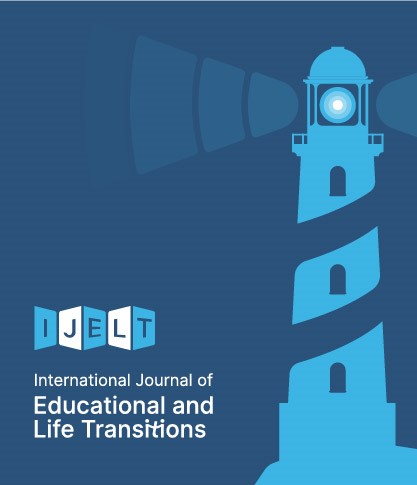Ready or Not to Adopt a Pedagogy of Play for Children Starting School in Scottish Primary Schools-Is this a Major Transition for Teachers?
DOI:
https://doi.org/10.5334/ijelt.28Keywords:
didactic teaching, early years curriculum, play pedagogy, school readiness, transition to schoolAbstract
By drawing on empirical data, this article will question how ready Scottish primary teachers are to adopt a pedagogy of play as opposed to more traditional didactic teaching approaches when planning and delivering an early years curriculum for children starting school. Children transitioning to school have traditionally been expected to be ‘school ready’; preparing them for a culture where play has yet to be consistently and universally embraced as pedagogy. The author draws on the results of a small-scale qualitative study which explored the multiple realities of ensuring curriculum continuity and progression in children’s learning between the early learning and childcare sector and primary school sector in Scotland.
The study demonstrated that realising a play-based curriculum while consistent with pedagogical practice in the two early learning and childcare settings was not yet common practice in the three Primary 1 classes. Furthermore, children experienced two early years curriculum traditions: the nursery curriculum tradition and the Primary 1 curriculum tradition. Each tradition is rooted in the different sociocultural norms and structures which exist in the early learning and childcare sector and in the early stages of primary schools in Scotland. Children starting school needed to adjust how they learned in readiness for the Primary 1 curriculum tradition.
The implications for policy makers and others include empowering teachers to embrace playful pedagogy through cross sectoral collaboration so that children starting school can benefit from a continuous play-based curriculum experience. Future research could explore contested understandings of school readiness that persist, influencing curriculum content and pedagogical approaches nationally and internationally.
Published
How to Cite
Issue
Section
License
Copyright (c) 2022 The Author(s)

This work is licensed under a Creative Commons Attribution 4.0 International License.
Authors who publish with this journal agree to the following terms. If a submission is rejected or withdrawn prior to publication, all rights return to the author(s):- Authors retain copyright and grant the journal right of first publication with the work simultaneously licensed under a Creative Commons Attribution License that allows others to share the work with an acknowledgement of the work's authorship and initial publication in this journal.
- Authors are able to enter into separate, additional contractual arrangements for the non-exclusive distribution of the journal's published version of the work (e.g., post it to an institutional repository or publish it in a book), with an acknowledgement of its initial publication in this journal.
- Authors are permitted and encouraged to post their work online (e.g., in institutional repositories or on their website) prior to and during the submission process, as it can lead to productive exchanges, as well as earlier and greater citation of published work (See The Effect of Open Access).
Submitting to the journal implicitly confirms that all named authors and rights holders have agreed to the above terms of publication. It is the submitting author's responsibility to ensure all authors and relevant institutional bodies have given their agreement at the point of submission.
Note: some institutions require authors to seek written approval in relation to the terms of publication. Should this be required, authors can request a separate licence agreement document from the editorial team (e.g. authors who are Crown employees).






